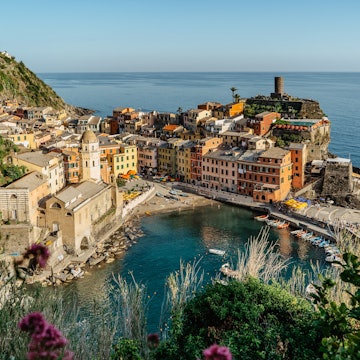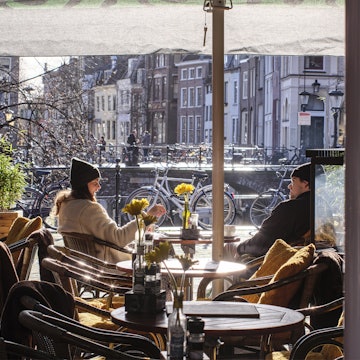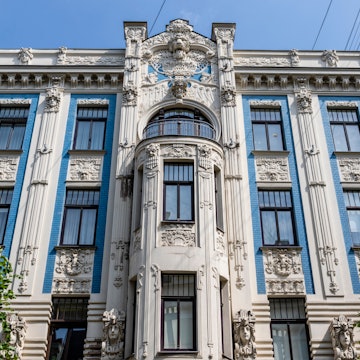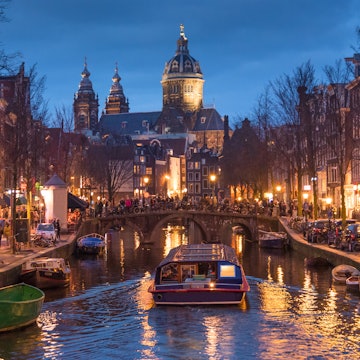
Amsterdam's 8 best neighborhoods: find your perfect base

Jun 23, 2025 • 7 min read
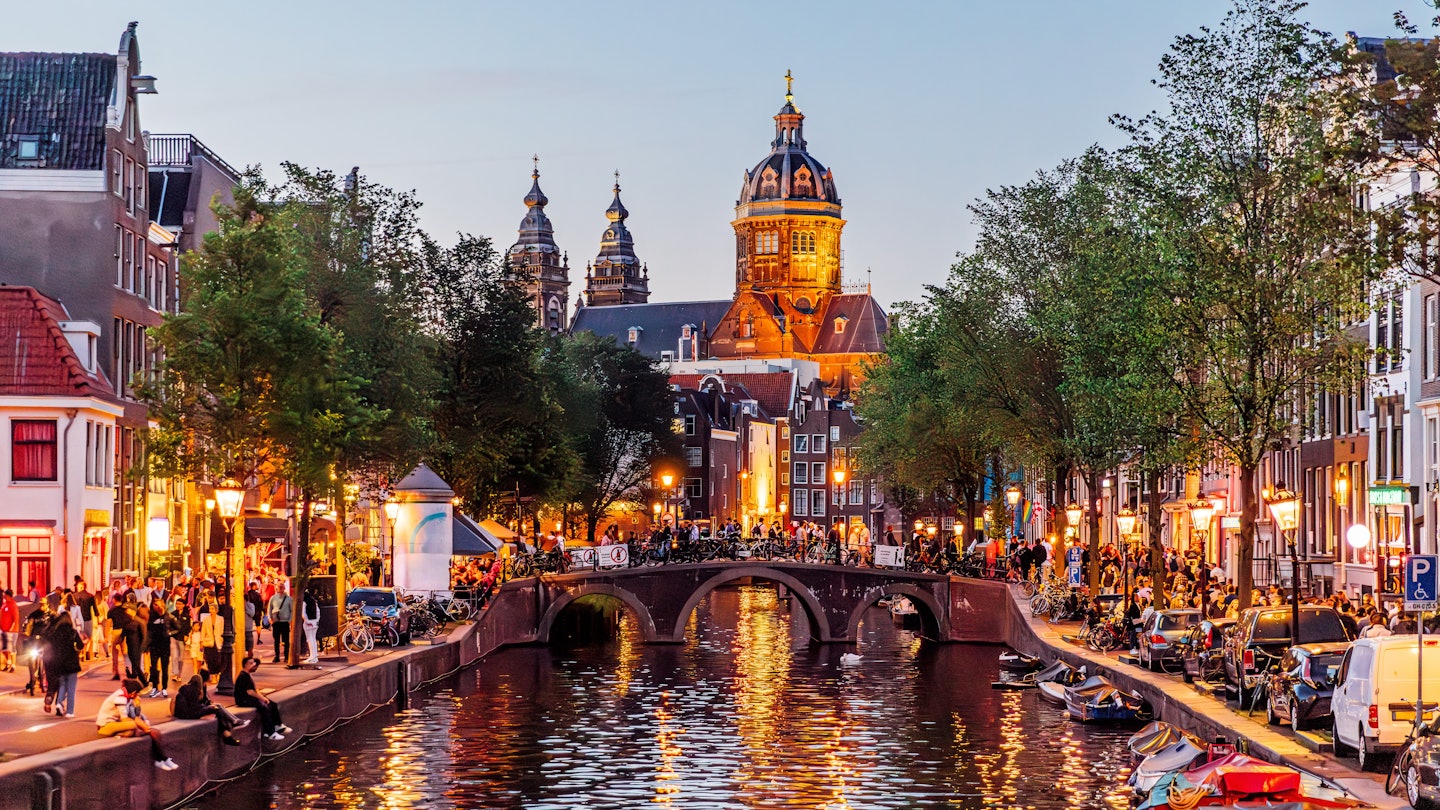
Plan your trip to Amsterdam with this guide to the city's best neighborhoods. Alexander Spatari/Getty Images
Radiating from its central Canal Ring, Amsterdam's characterful neighborhoods are made up of intricate networks of streets filled with one-off boutiques, cozy restaurants and cafes and lively bars, and open green spaces.
Each of these interlocking districts has its own individual personality and attractions. Wherever you choose to stay, Amsterdam's compact layout and integrated network of bike paths, trams, buses and trains makes it easy to discover the city on a single trip.
From top shopping districts to the ideal places for first-time visitors to base themselves, here is our guide to the best neighborhoods of Amsterdam.
1. City center
Best neighborhood for first-time visitors
Amsterdam's grand Centraal Station sits on an artificial island on the broad IJ River. With trains arriving here from the airport, the country and international destinations, this Gothic-style landmark is likely to be your introduction to the city.
Walking south from the station plunges you into the Medieval Center, with busy tourist-filled streets, shopping thoroughfares and iconic sights. Amsterdam was founded in the 13th century on what's now Dam, a vast square dominated by the Royal Palace. Damrak, the original mouth of the Amstel river, is the departure point for many canal sightseeing cruises.
On Damrak's eastern side is the Red Light District, locally known as De Wallen. As city authorities introduce measures to curb its wilder side, the area remains infamous – at least for now – for its canal-side brothel windows and concentration of "coffeeshops" (cannabis cafes), jostling alongside souvenir stores and copious bars. Incongruously at its heart is Amsterdam's oldest building, the 1306 Oude Kerk (Old Church).
East again on Nieuwmarkt (New Market), the 1488-built Waag was originally a city-wall gate that became the city's weigh house. Rembrandt lived and painted nearby; his former home and studio now house the illuminating Museum het Rembrandthuis.
Accommodation options abound in the city center, from hostels and budget hotels through to five-star luxury.
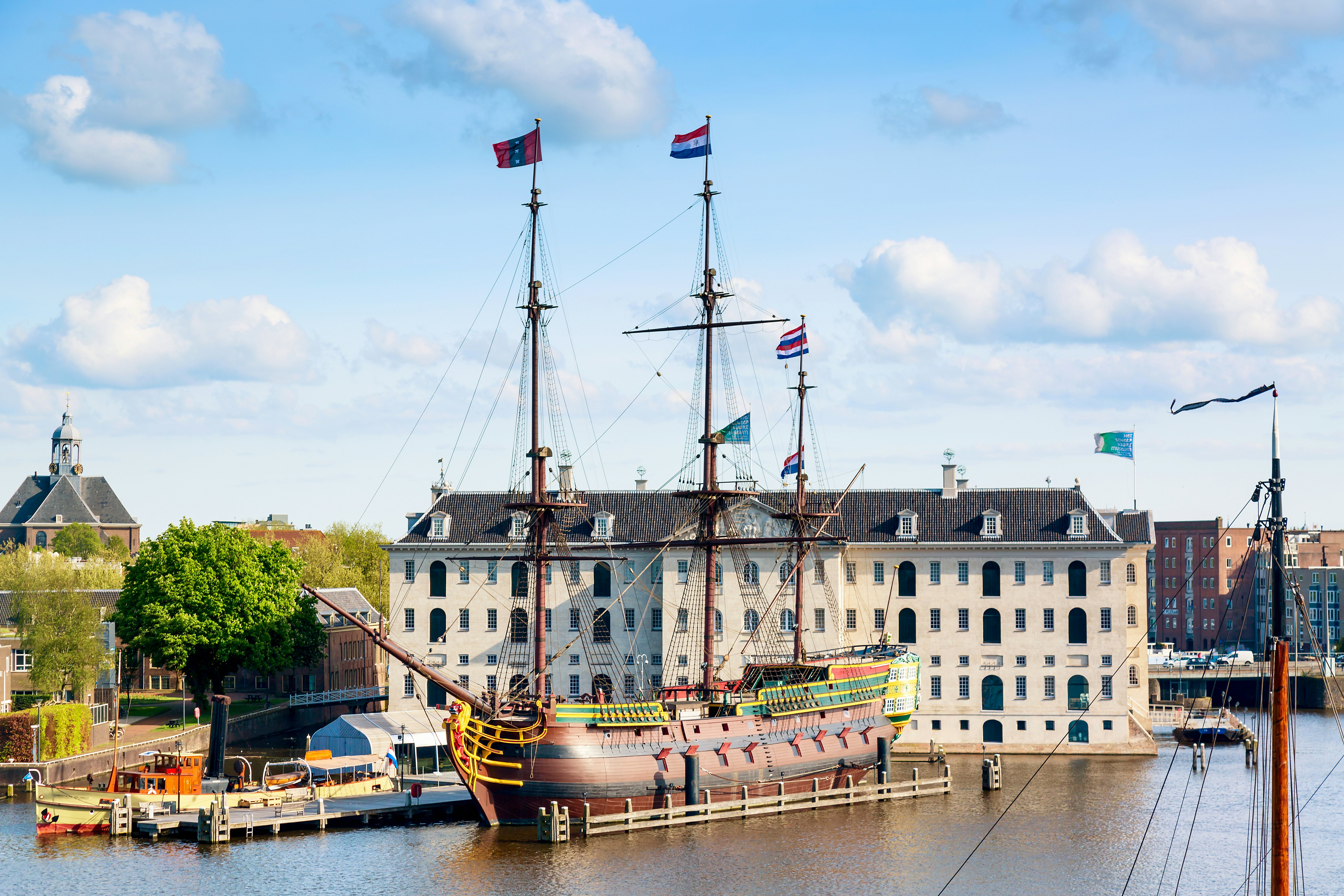
2. Plantage and the East
Best neighborhood for families
Only a short walk from the center, the leafy Plantage is a peaceful haven. If you're traveling with children, this neighborhood has plenty to keep the whole family entertained. On the Amstel, the Amsterdam Museum provides a snapshot of the city's past and present. Across from the 17th-century Hortus Botanicus botanical gardens, mainland Europe's oldest zoo, the Artis Royal Zoo, incorporates the world's only museum dedicated to microbes, the mind-boggling Micropia.
Enquiring young minds will also like NEMO, an interactive science museum in an extraordinary boat-shaped green-copper building with panoramic views from its deck-like roof. Amsterdam's adjacent eastern docklands and islands with repurposed shipping warehouses are inextricably tied to its seafaring history, which is covered at the kid-friendly maritime museum Het Scheepvaartmuseum.
Mid-range hotels that are well equipped for families anchor the Plantage area. Self-catering apartments are a handy option (YAYS' Maritime location sits inside an old steam-engine factory). Outdoorsy families might like pitching up at Camping Zeeburg Amsterdam, which also has colorful cabins.
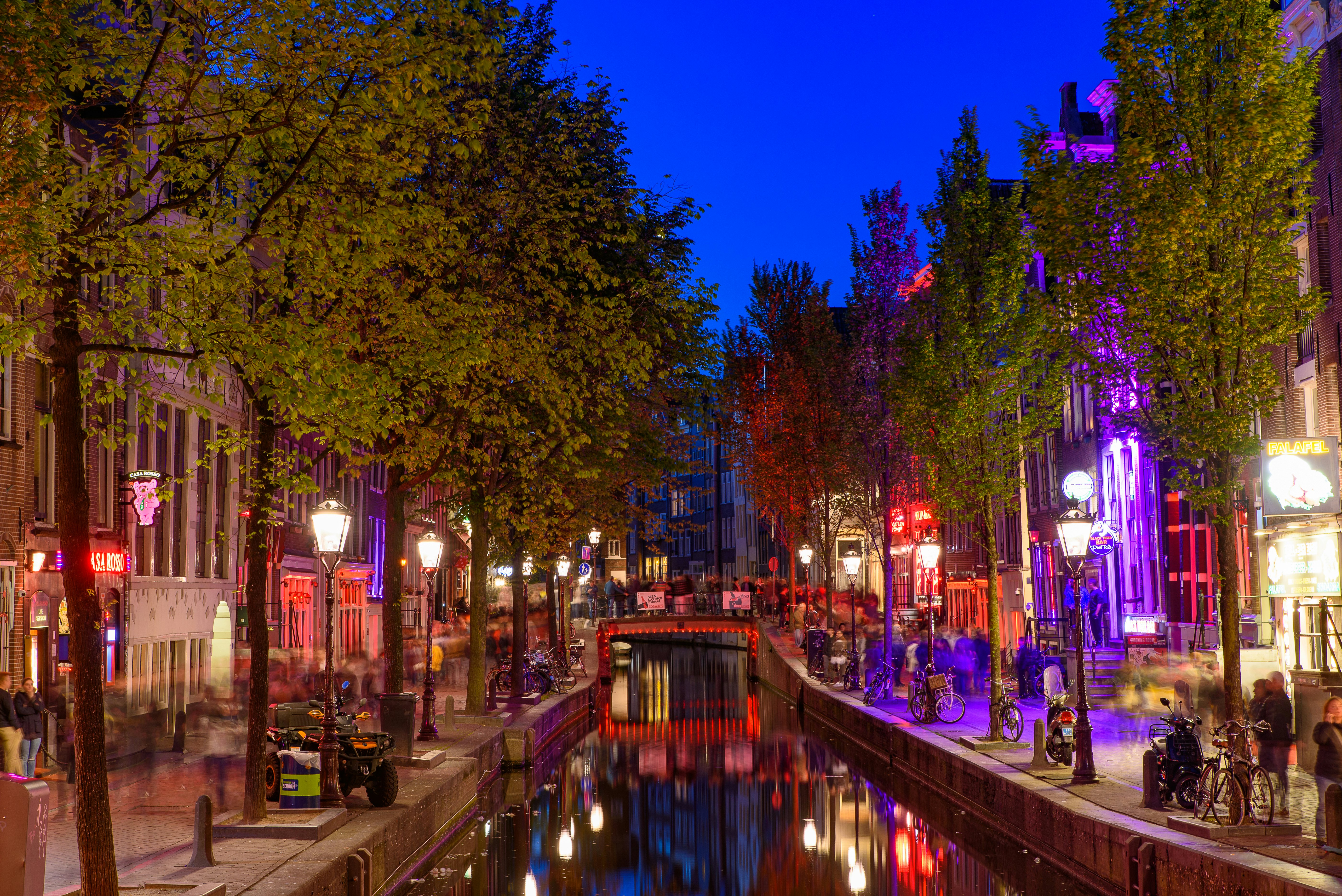
3. Southern Canal Ring
Best neighborhood for nightlife
Immediately south of the city center, the Southern Canal Ring is one of Amsterdam's key entertainment districts. Neon-lit Leidseplein and Rembrandtplein are ringed by pulsating bars, clubs and restaurants. Utrechtsestraat has some more sophisticated hangouts and Reguliersdwarsstraat flies the rainbow flag as Amsterdam's premier LGBTIQ+ street.
Some of the city's most enchanting waterways are in this stretch of the Canal Ring, including the Golden Bend, flanked by splendid Golden Age mansions, and Reguliersgracht, famed for its photogenic "seven bridges".
Around Leidseplein and Rembrandtplein, plentiful hostels are on the doorstep of the action. Many of the neighborhood's boutique and design hotels occupy beautiful canal houses.
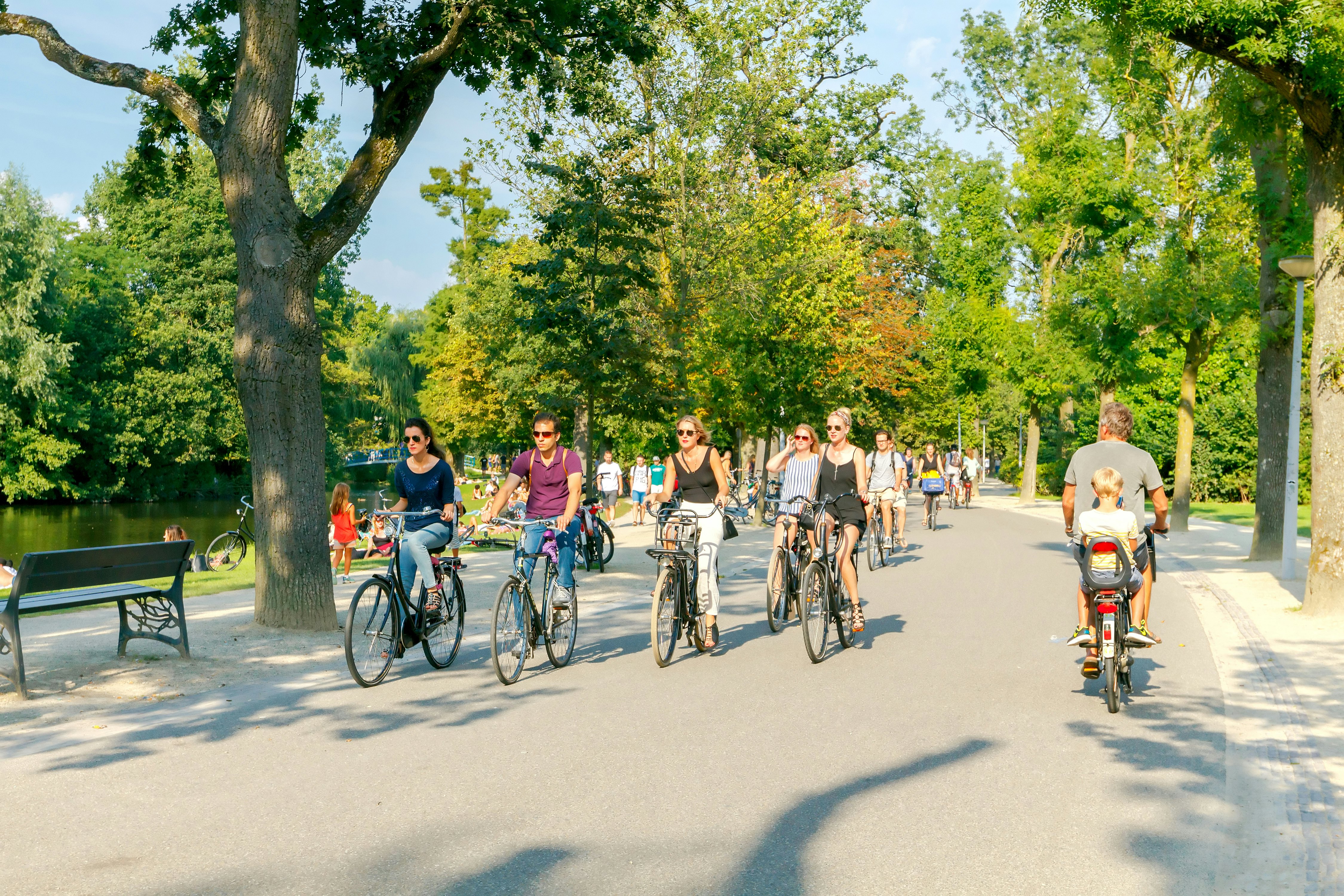
4. Vondelpark and the south
Best neighborhood for culture
Footsteps from frenetic Leidseplein, the Vondelpark – a glorious sprawl of English-style gardens, cafes and an open-air theater – provides a breath of fresh air. Lawns also form the grassy expanse of nearby Museumplein, which is the site of Amsterdam's top three museums: the national treasure chest of the Rijksmuseum, the flagship Van Gogh Museum, and the modern and contemporary art hub Stedelijk Museum. Opposite Museumplein, the Concertgebouw hosts classical music concerts in 19th-century splendor.
Surrounding the Vondelpark are some of Amsterdam's best value-for-money places to stay at all price points, with many eco-minded options, such as several Conscious Hotels properties. South of the Vondelpark, residential areas give way to gleaming glass-and-steel buildings in the rapidly expanding business district surrounding Zuid ("South"). Shiny new hotels here make it a popular place for business travelers to stay but with superb transport links zipping you to the center in minutes, it's a great choice for tourists.
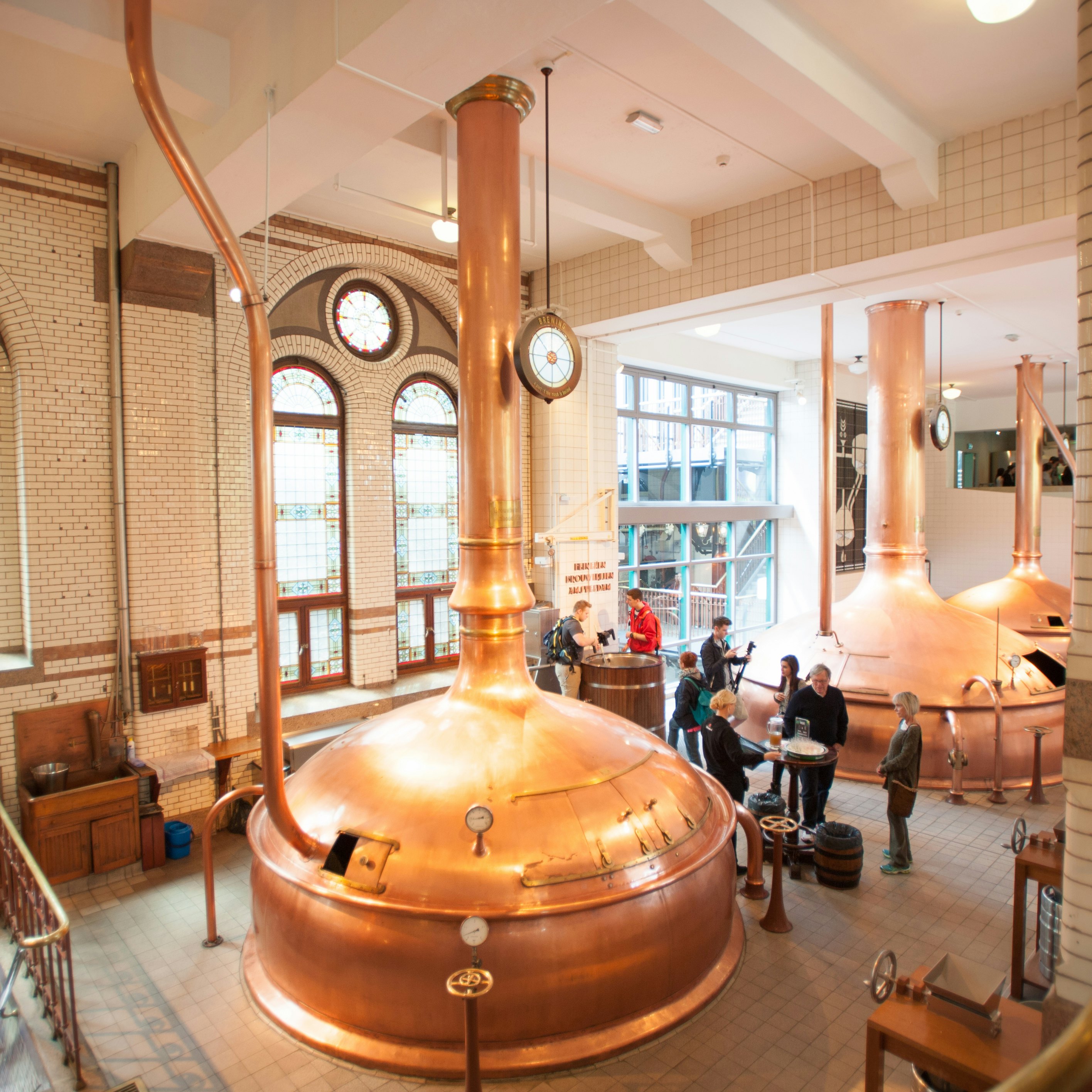
5. De Pijp
Best neighborhood for local life
A village-like vibe prevails in De Pijp, between Museumplein, the Southern Canal Ring and the Amstel River. It's home to the historic brewery that now houses the multisensory Heineken Experience, but the real reason to head to this vibrant neighborhood is to hop between its creative cafes and all-day brunch spots, restaurants, bars and boutiques, and to browse the city's biggest street market, the Albert Cuypmarkt.
Join locals shopping for everything from bike locks to fabrics, flowers and fresh produce, and pack a picnic to take to De Pijp's serene Sarphatipark. As a mainly residential area, accommodation choices are limited here, but there is a handful of appealing mid-range hotels and B&Bs, and some high-end properties on the southern edges.

6. The West
Best neighborhood for restaurants
West of the Jordaan, not far north of the Vondelpark, is the Oud West (Old West), a buzzing, gentrifying area with some of the best dining in the city today. A great taster is the Foodhallen, featuring adventurous Dutch and international food and drink stands set around a communal dining space, all within the De Hallen cultural complex in converted tram sheds. De Clercqstraat, Bilderdijkstraat and Jan Pieter Heijestraat are also good streets for restaurants (and awesome coffee too).
Further north in Amsterdam's west – linked to the city center along Haarlemmerstraat and its western extension Haarlemmerdijk, both rich with food shops and restaurants – is the verdant Westerpark. Next to the park, former gasworks now comprise the Westergasfabriek cultural complex with a range of restaurants, bars and craft brewery Brouwerij Troost. Food markets and festivals often take place here.
Hip hostels and hotels are spread throughout the city's west as well as charming places such as houseboat B&Bs and historic bridge-keepers' houses. Contemporary hotels rise up along the IJ riverfront.
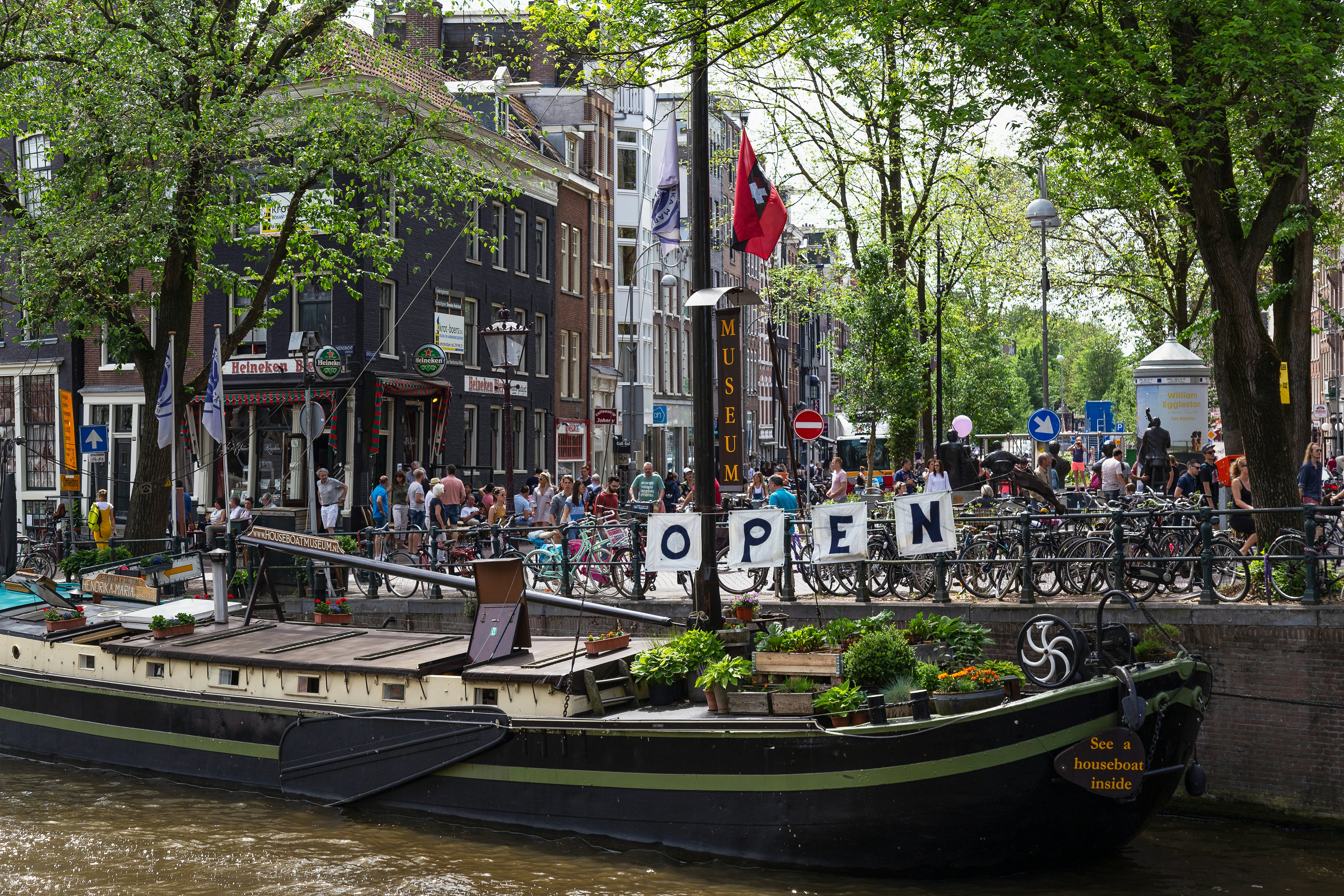
7. Western Canal Ring and Jordaan
Best neighborhood for shopping
Stepping from the city center to the western side of Amsterdam's UNESCO-listed Canal Ring sees the tempo drop. This is one of the prettiest parts of the city, watched over by the bell tower of the ornate, 17th-century church Westerkerk. Right by the Westerkerk is one of Amsterdam's most important historical sights, the Anne Frank Huis, where the young diarist and her family hid from the Nazis during WWII.
Some of Amsterdam's most enticing shopping is concentrated in the Western Canal Ring's Negen Straatjes, a tic-tac-toe board of "nine little streets" with small, specialized boutiques.
Crossing Prinsengracht from here leads you into the Jordaan, Amsterdam's atmospheric former workers' quarter, with tiny streets and quaint houses. The Jordaan has yet more absorbing shops (fashion, antiques and Dutch Design especially) and wonderful weekly markets like the Lindengracht market. When you need a break from shopping, stop in at one of the Jordaan's wood-panelled bruin cafés (brown cafes; traditional Dutch pubs).
Exclusive boutique hotels reign in the Western Canal Ring; there are some more affordable alternatives in the Jordaan but options in these prized areas are relatively limited.
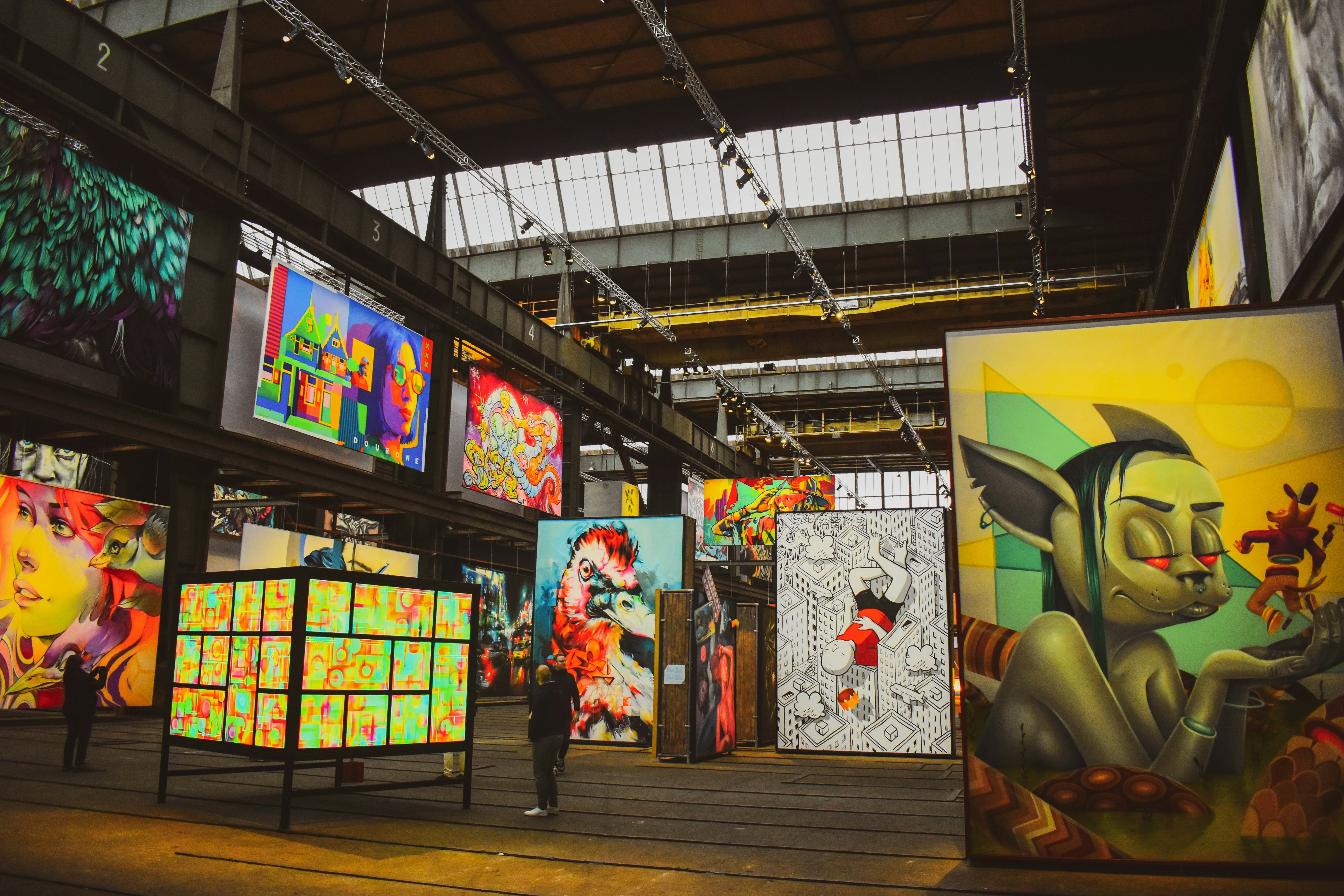
8. Amsterdam Noord
Best neighborhood for urban art and architecture
Across the IJ from the city center, accessed directly from Centraal Station by a short, free ferry ride, Amsterdam Noord (Amsterdam North) is one of the city's most interesting neighborhoods.
At the NDSM former shipyards you'll find street art, cool cafes built from recycled materials, and the cavernous warehouse NDSM Loods with working artist studios. High-profile sights on this side of the river include the angular white EYE Film Institute, and a one-time oil company office block, A'DAM Tower, whose out-there attractions include a virtual-reality roller coaster, vertiginous giant swing over the observation deck's upper ledge, a hotel, and spectacular views over Amsterdam.
Other unique places to stay in the neighborhood range from a hostel in a 1920s laboratory to pods in a deconsecrated church and luxury suites in an industrial crane, plus floating hotels.









